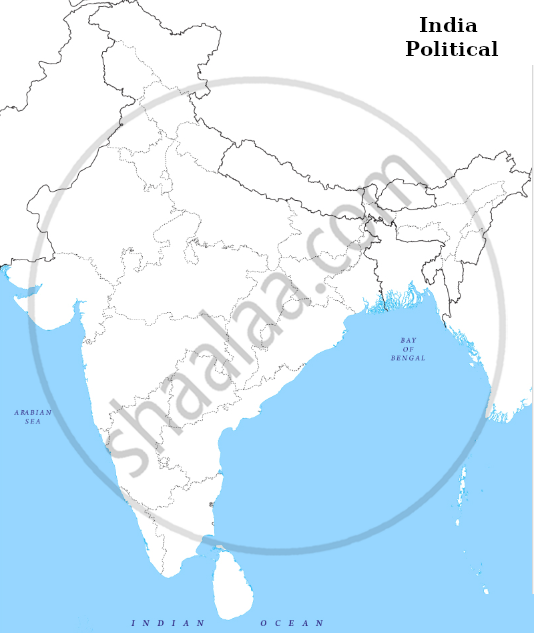Advertisements
Advertisements
Question
Match the following:
| List-I (Lands in Mughal Empire) |
List-II (Features) |
| i. Polaj | A. Land always being cultivated |
| ii. Parauti | B. Land fallow for three to four years |
| iii. Chachhar | C. Land fallow a year |
| iv. Banjar | D. Land uncultivated for five years |
Options
i - A, ii - C, iii - B, iv - D
i - B, ii - C, iii - D, iv - A
i - C, ii - D, iii - A, iv - B
i - D, ii - C, iii - B, iv - A
Solution
i - A, ii - C, iii - B, iv - D
Explanation:
Polaj is land which is annually cultivated for each crop in succession and is never allowed to lie fallow. Parauti is land left out of cultivation for a time that it may recover its strength. Chachar is land that has lain fallow for three or four years. Banjar is land uncultivated for five years and more.
APPEARS IN
RELATED QUESTIONS
Answer in 100-150 words:
Examine the evidence that suggests that land revenue was important for the Mughal fiscal system.
Map work
On an outline map of the world, mark the areas which had economic links with the Mughal Empire, and trace out possible routes of communication.
Consider the following statements regarding the classification of lands under Akbar.
- Polaj is land which is annually cultivated for each crop in succession and is never allowed to lie fallow.
- Chachar is land uncultivated for five years and more.
- Parauti is land left out of cultivation for a time that it may recover its strength.
Which of the following statements is/are correct?
Match the following.
| List I | List II |
| A. Diwan | 1. Imperial regulation in the province |
| B. Amin | 2. Supervision of the fiscal system of the empire |
| C. Amil guzar | 3. Village headmen |
| D. Mugaddam | 4. Revenue collection |
Who among the following rulers was insulted when was come to accepting the Mughal authority in the court of Aurangzeb?
Mansabdari System was introduced by ______.
On the given political outline map of India, a capital of the Mughal Empire is marked as 'A'. Identify it and name it on the line drawn near it.

How revenue from the land was the economic mainstay of the Mughal Empire? Explain with examples.
The ______ was the amount assessed and ______ was the amount collected by the Mughal Kings as land revenue.
